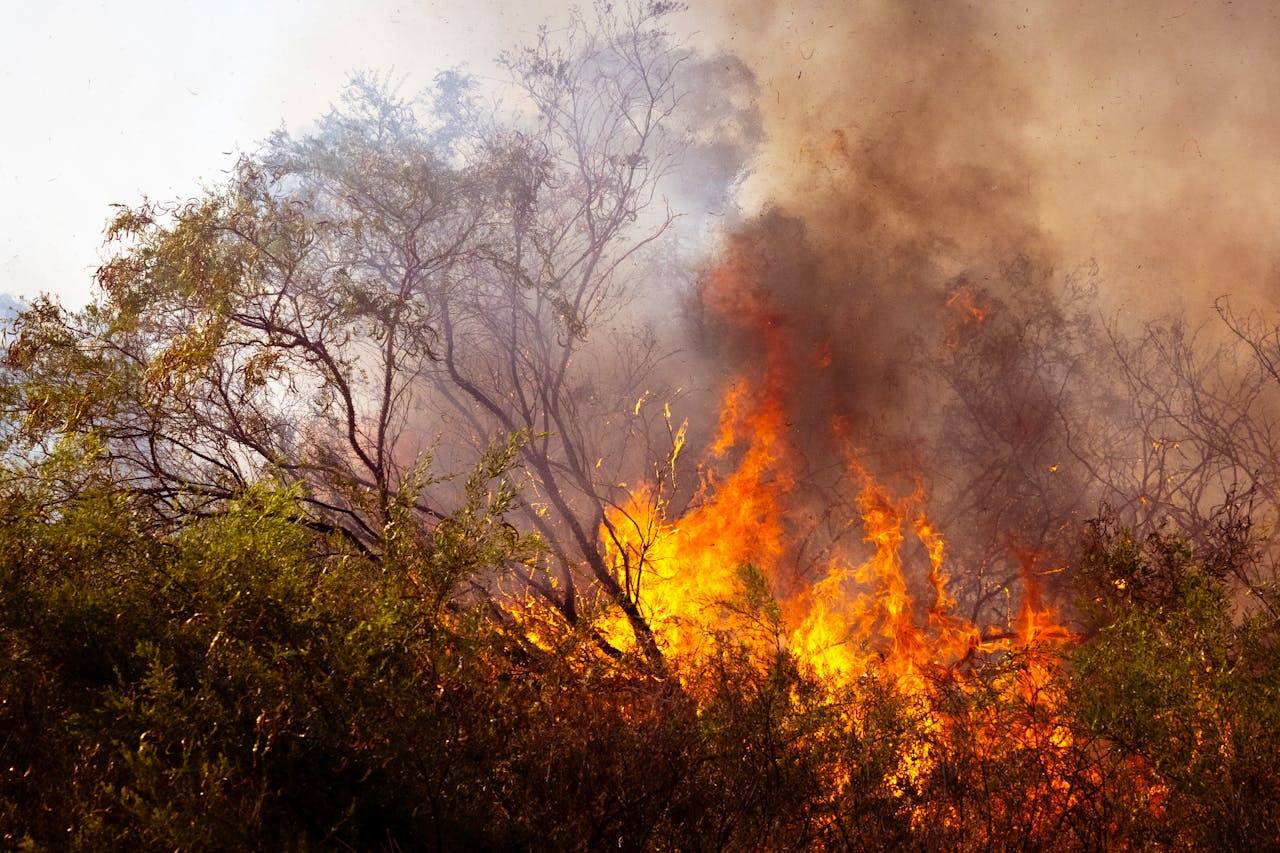Ah, summer time and the livin’ is easy?
Well, that’s the plan anyway.
It seems wildfires just a little earlier every year, and year after year things seems to just get a little bit worse. While 2024 was a fairly mild year compared to 2023, The Canadian Interagency Forest Fire Centre still logged 5,363 fires scorching 5,321,091.1 hectares. The previous year over 16 million hectares were burned. Nonetheless, who can forget the jaw dropping footage as fires devoured 30% of the resort town of Jasper A.B.? Over 25,000 people were evacuated and wildlife continues to be rehabilitated this year.
While the majority of fires tend to be located in the western provinces and northern parts of Canada, the eastern provinces, due to their more humid climate, tend to experience less fires. Furthermore, Maritime forests contain more broadleaf trees which are less flammable than the evergreens found on the west. That said, Atlantic Canada doesn’t emerge entirely untouched by wild fires either…
On July 12, 2024 a moving wildfire forced the evacuation of over 9600 people in Labrador City, only a month after another evacuation occurred as Churchill Falls residents were forced to leave their homes due to fires as well. The province of Nova Scotia experienced a bit of a reprieve with 83, due in part to greater public awareness. P.E.I. meanwhile, clocked in at a mere seven fires recorded. On average, New Brunswick tends to experience about 246 fires per year. There was a slight dip in 2023 to 209, but here’s the startling figure: 202 were caused by humans.
It’s interesting to note that on average, especially in the west, 50% of all wildfires are actually caused by lightening strikes. Nonetheless, human activity, including untended campfires, and yes, arson, contribute to the overall total, although this information is often difficult to measure.
And since this is a publication devoted to all things automotive, it’s worth noting that our vehicles can contribute to wildfires as well.
First and foremost, make sure your vehicle is tuned and functioning well. In addition to preventing fire incidents, fuel economy improves as does your vehicle’s overall performance. Make sure any flat tires are changed as soon as possible. Tire rims hitting the road can trigger sparks .
Meanwhile, catalytic converters (CC) have also been known to start fires as they can become a source of ignition if damaged, or debris gets trapped near them. The CC helps to reduce emissions by accelerating the combustion of pollutants. The exhaust is funnelled through a vehicle’s exhaust system The outside metal temperatures of the CC, can reach 537 C under particular conditions, including towing a trailer or running an air conditioner. Fires can ignite when flammable parts of the environment like grass, collect on the exhaust system or if the car is parked where dried materials can touch the system. Be sure to check your car’s exhaust system from time to time and remove any debris…morning’s are best for this as they system will be cool.
And don’t forget to pack a fire extinguisher either.
Summer’s meant to be an enjoyable time of fun and discovery for all. Let’s not forget the damage done by wildfires in recent years and hopefully that will act as a catalyst for more responsible behaviour.
Hope everyone has a great and safe summer.

